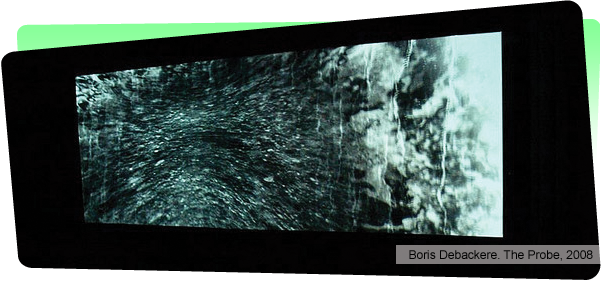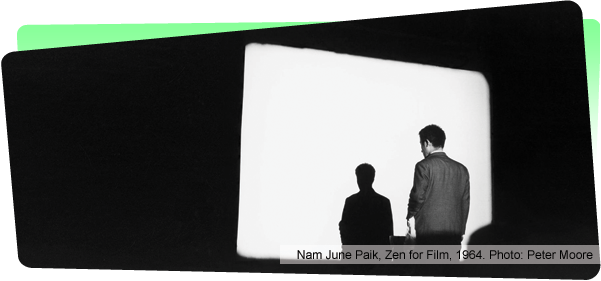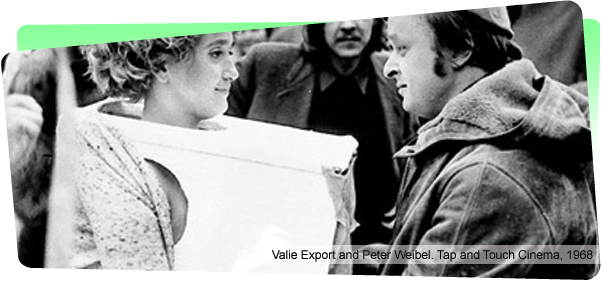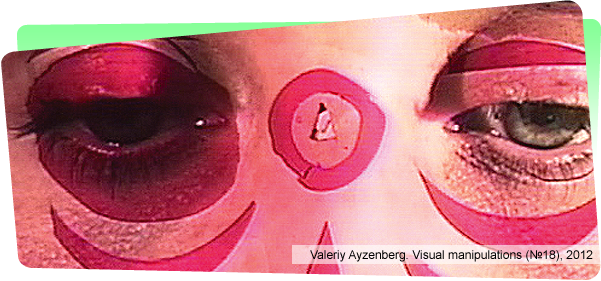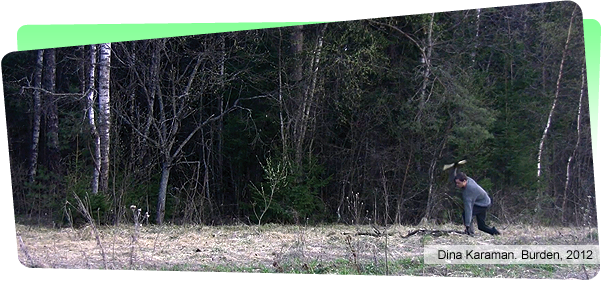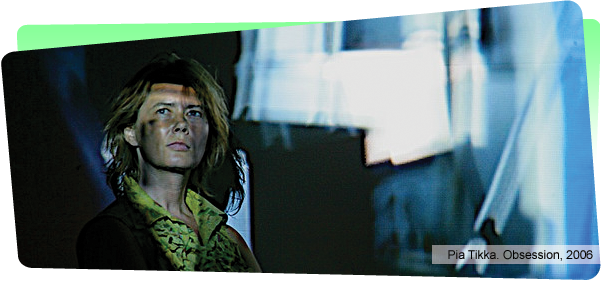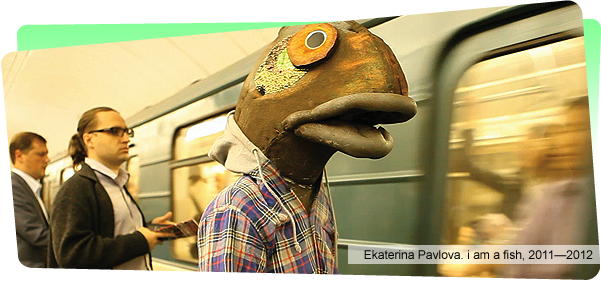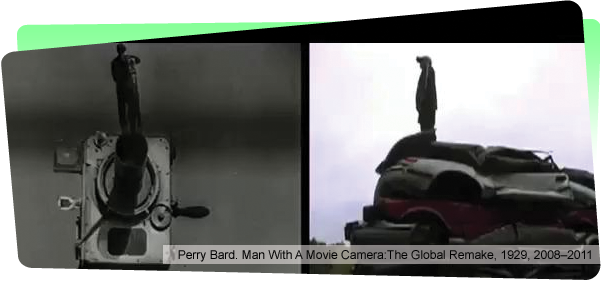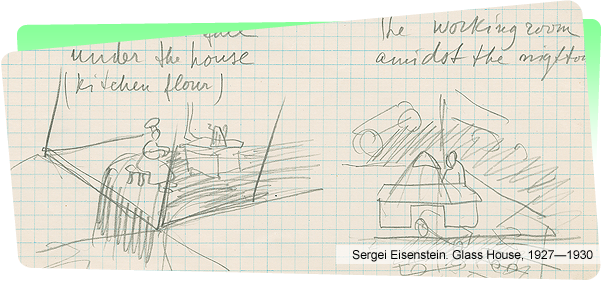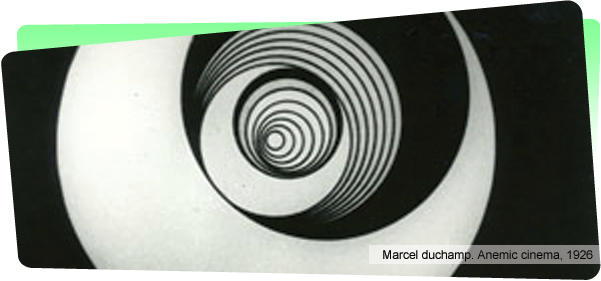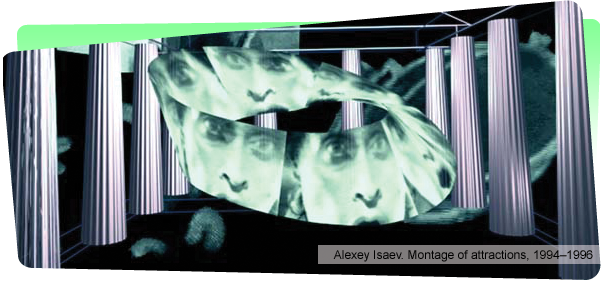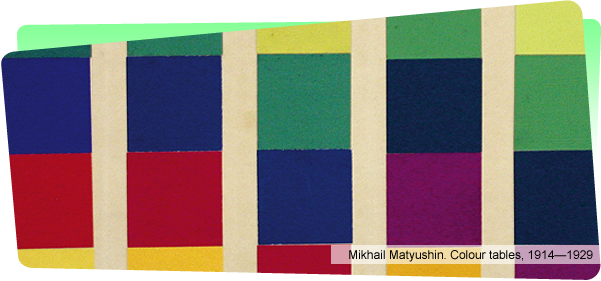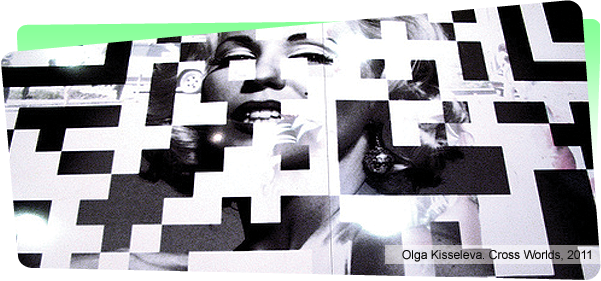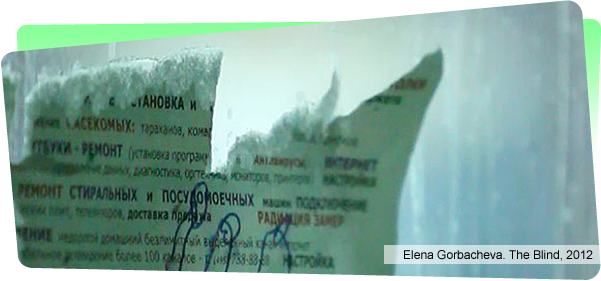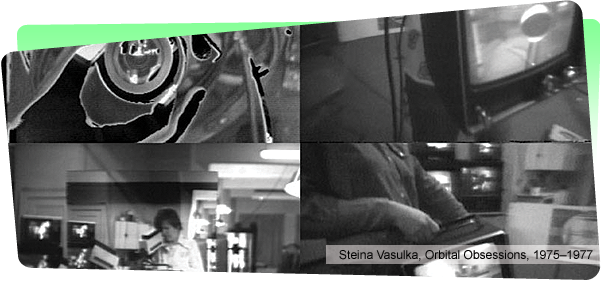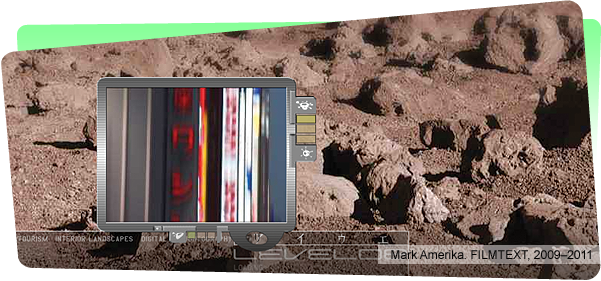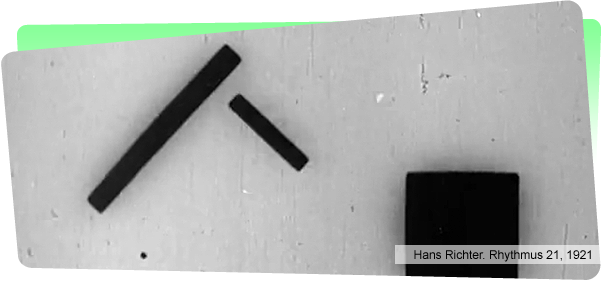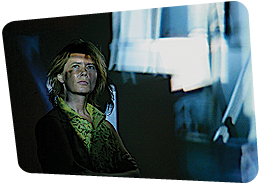Media Forum Closing. Lecture by Peter Greenaway

About Media Forum

Schedule

Exhibition "The Immersion: Towards the Tactile Cinema"

Educational programmes

Media Festivals: Let’s Rock! Programme

For Press

Partners

Contacts
II. Attractions' Montage
Montage of Attractions, the second section, is based on the “attractive cinema” concept invented initially by Sergey Eisenstein and presents his followers: Pia Tikka, Herz Frank, Alexei Isaev and Elena Gorbacheva.
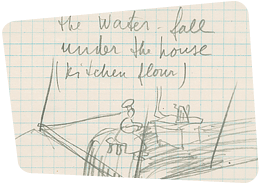 Sergei Eisenstein
Sergei Eisenstein
Glass House
1927—1930
Author's documentation for an unrealized project
© Государственный центральный музей кино и Центральный государственный архив литературы и искусства Санкт-Петербурга
According to the testimony of the director himself, the idea of the film, whiсh takes place in a glass sky-scraper, came to him in the middle of april of 1926 in Berlin, in the Hessler hotel, where he lived in room 73. A few months later in a diary note from January 13, 1927, Eisenstein wrote: "Today it is invented — make an "American" film together with Sinclair. "Glass house"... Look into America through the glass. Ironically, as France". (3) In January-February, 1927, Eisenstein made a series of the sketches and drawings for the script. In them his intention "to give farce and buff, grotesque and a horrible tragedy" was reflected. The movie had to become a certain "antiutopia" about the loneliness of a human being in the overtechnicised capitalist society. (Some books mention that Einstein intended to film Evgeny Zamyatin's novel "We" under the title "Glass House", but this is a mistake.) In the summer of 1930, having signed the contract with Paramount, Eisenstein insisted this subject to shoot in Hollywood and even started the talks with the Pittsburgh glass plants about the possibility to make the glass scenery. However not only the producers and Hollywood script writers, but even the director's friends did not understand his idea, and it had to be renounced (see: Montagu Jvor. With Eisenstein in HoJliwood. Berlin, 1968, p. 103—104).
Naum Kleiman
Alexey Isaev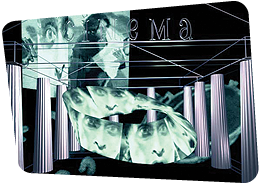
Montage of Attractions
Russia, 1994—1996 Video, loop
Courtesy of MediaArtLab Centre for Art and Culture
The movement becomes the main visual and image-bearing subject of Alexey Isaev's movie "Montage of Attractions" (the second title "Revolution go round", 1994-96). Isaev's attention is again drawn to the motive of rotating. For instance, Mobius which embodies the idea of eternal rotating is a constant element of the image system of the artist (it is in the centre of the plot of the performance "The topological invariant of the book" and is also present in "Montage of Attractions"). But this time, as the artist says, the theme of the circle movement was born out of an observation, made while watching the "Battleship Potyomkin" movie (1925). Alexey Isaev states that all mise-en-scenes, trajectories of the movement of the camera and characters in Sergey Eisenstein's film are unfolded around an invisible axis, rotating as a merrygo-round, a market attraction.
For Sergey Eisenstein "Montage [or Cut, Editing] of Attractions" (this is the title of one of his most important theoretical articles of the director) is the shocking impact on the viewer's psyche compelling her to perceive the ideas, preached by the artist from the stage or from the screen more sharply. Alexey Isaev assembles Eisenstein's "attractions", such as an old woman's eye flowing out after a whip's strike, worms, crawling in the meat from the sailors' borsch, and a wide open mouth of a mother, mourning over her son, together with episodes from a contemporary amusement, computer game "Duke", and one more amusement — human organism, with its merry-goround of the blood system and the labyrinth of the brain. The crosspiece, assembled from the two screen planes, on which the artist demonstrates to the viewers the amusements of his choice, unceasingly moves around its axis, as a merry-go-round.
The merry-go-round, builtby Isaev in "Montage of Attractions" is an object of contemplation. The crosssection of the screens rotates in the space of his film, limiting its impact on the sensuality of the viewer to harmless trance induction, not suppressing her will. From the point of view of Eisenstein, who aimed at hypnotising the viewer and make her follow the artist, this is amazingly ligt-minded. The viewer of Isaev's video does not go anywhere, he stays to meditate. Why go anywhere, if, moving in circle, you always get back to the starting point?
Milena Musina. From the article "At the turn of Cinema and Videoart: Utopia of Slow Video" (2002)
Herz Frank
Ten Minutes Older (Tale About Good and Evil)
USSR, 1978
10', 35 mm, b/w
Camera — Juris Podnieks
Sound — Alfreds Vishnevskis Music — Ludgardas Gedravichyus
Courtesy of the artist
The absolute of visuality and the legend of documentary. It is first and only one example in all the world’s practice of the non-fiction film made in one uninterrupted shot. This is the film-examination; it has an introduction, a climax and an ending, but there are no linguosigns. It is real time and — as a consequence — has no cutting and glueing.
In 2002 this short film, thanks to the beginning producer Nicolas McClintock prompted fifteen celebrated film-makers (Bernardo Bertolucci, JeanLuc Godard, Wim Wenders, Jim Jarmusch, Werner Herzog, Chen Kaige and others) to participate in the almanac of the same name. The new project consisted of two compilation feature films titled The Trumpet and The Cello. It was supposed to make the grown-up spectator experience the same catharsis (from the dread to the brightened smile) which authors of the original film immortalized by.
Galina Frolova
Pia Tikka
Obsession
Finland, 2003—2006 30', interactive installation
Courtesy of the artist
"The Enactive Cinema project introduces a novel kind of interactive cinema genre, which is described as enactive cinema: How the narrative unfolds, and how rhythm and soundscape emerge, depend on how the spectator experiences the emotional dynamics between the characters. Enactive cinema emphasizes unconscious interaction between the cinema spectator and the cinema. Instead of the spectator directly manipulating the narrative, its unfolding is affected by the spectator's emotional participation. The project suggests that unconscious and conscious experience interact in an inseparable and complex manner. The cinema experience is more than seeing and hearing. It is about sensing and re-living of one’s own experience in what happens to the “others” — This is ENACTIVE CINEMA.
The team has developed new tools for managing and editing cinematic material, this, in order to emphasize the multidimensionality of the emotional content in the narrative imagery. In the core of enactive cinema project Obsession (2003, 2005, 2006) a kind of Eisensteinian 'montage-machine' is in work. The ”montage-machine” is based on a narrative logic that matches cinematic content with spectators’ psychophysiological states. Thus the spectator’s emotional experiences have effects on the narrative, constituting an ecological circuit of continuous interaction with the spectator and the narrative space."
Pia Tikka
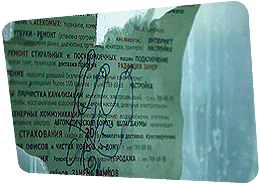 Elena Gorbacheva
Elena Gorbacheva
The Blind
Tribute to Sergey Eisenstein's project "Glass House"
Russia, 2012
3', video, loop
Courtesy of the artist
"We are surrounded by hundreds of people, thousands of situations. Living in a megapolis we are overloaded by information, including the visual one. There are people everywhere, people around us... Everything is moving and rumbling... Therefore one's sight gets dull and deformed — the brain blocks and "erases" the details about the surrounding people. The more glass walls we have around us, the less we see. We become less sentient in our relation to others. The whole world around is not "in focus". And that which seems really important, is sometimes only a deceiving illusion.
The work consists of 2 parts, showed at the same time. On one screen there is a loop of the fragments of motion pictures. On the other — video, filmed by the author in Moscow. It can be watched from any place and should not be synchronised. The sound background consists of people's quarrels, screeching of brakes, cries..."
Elena Gorbacheva

